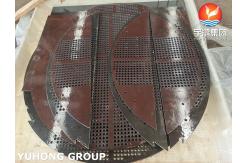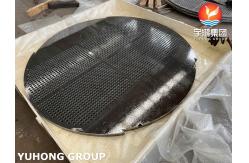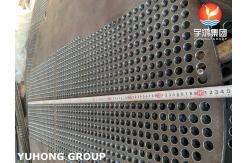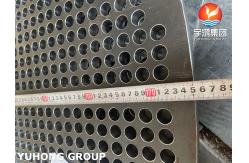ASME SA516 GR.70N Double segmental baffle For Heat Exchanger Application
|
|
ASME SA516 GR.70N Double segmental baffle For Heat Exchanger
Application Generally between 0.3 to 0.5 off the shell diameter with 50.8 mm (2 inch) being the minimum used Equation: 0.3 * Shell diameter to 0.5 * Shell diameter So if for example we have a shell diameter of 356 mm (14 inch) then the minimum baffle spacing selected should be between 106.8 mm (4.2 inch) to 178 mm (7 inch). See below for calculations: 0.3 * 356 mm = 106.8 mm (4.2 inch) To 0.5 * 356 mm = 178 mm (7 inch) With both values considered valid as they are both above the
minimum recommended value of 50.8 mm (2 inch)
Every tube inserted in baffle has a clearance between the tube outside diameter and the baffle hole diameter. This clearance allows the tubes to be inserted in to the baffle with ease. TEMA standards provide clearance optimum requirement values that is employed in industry. These requirements take in to account the spacing that need to be provided fir differential expansion and contraction between baffle plate and tubes. Certain amount of leakage through the clearances is permitted to reduce stagnant regions and to make turbulent conditions more uniform and reduce shell side pressure drop. The leakage also reduces deposits in stagnant areas. If the clearances are large, it can cause excessive fluid bypassing resulting in fluid starving regions in shell with low fluid velocities
|
||||||||||||||||||||||||||||||||||||||||||||||||
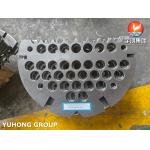
|
ASME SA516 Grade70N Carbon Steel Baffle for Shell and Tube Heat Exchanger |
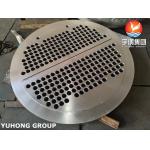
|
ASME SA336 F5N High Temperature And Pressure Alloy Steel Forging For Heat Exchanger Baffle |
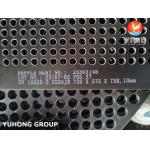
|
EN 10025-2 S235JR Carbon Steel Baffle Tubesheet For Heat Exchanger |
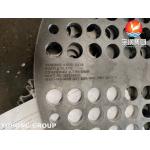
|
Heat Exchanger Parts Pressure Vessel Baffle Plate SA387 GR.11 CL.2 A36 |
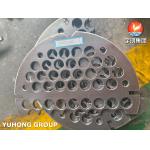
|
ASME SA516 Gr 70 Carbon Steel Baffle Plate For Heat Exchanger |
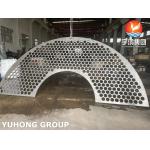
|
ASTM A182 Stainless Steel Baffle For Pressure Vessels |

